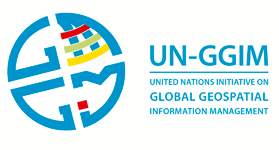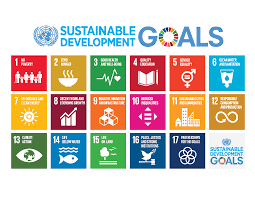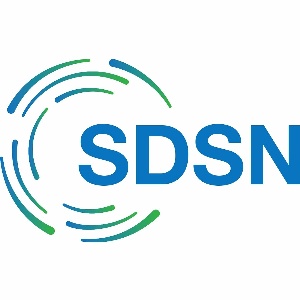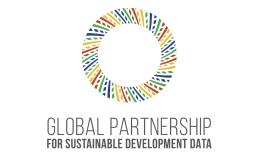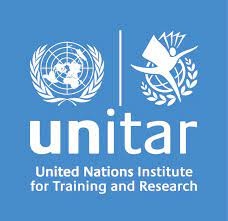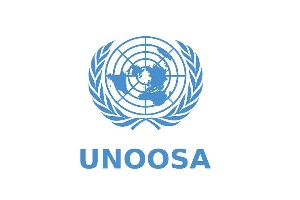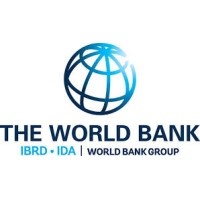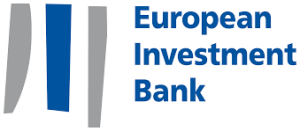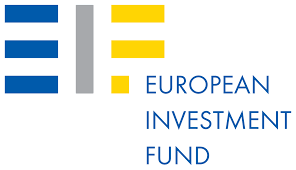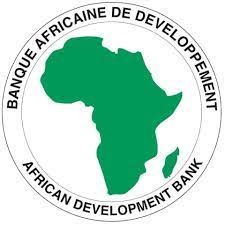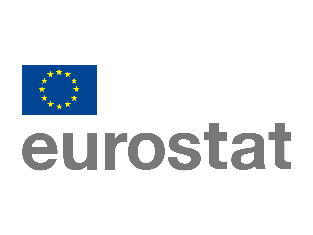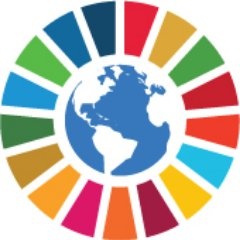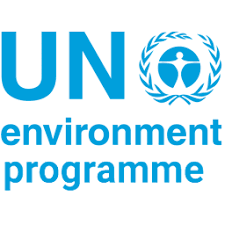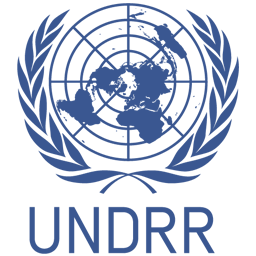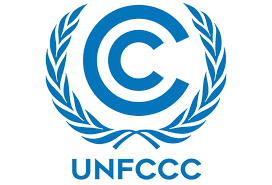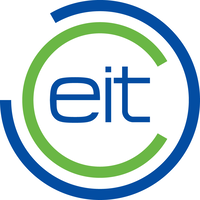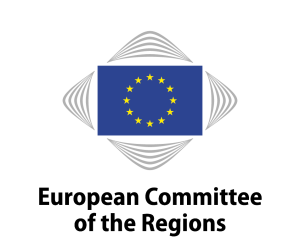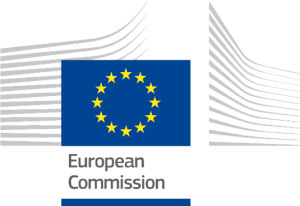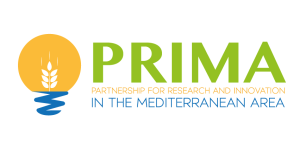...
| Logo | Institution | Description | Project |
|---|---|---|---|
| IAEG-UNSDGs | In establishing the IAEG-SDGs, the United Nations Statistical Commission requested the use of existing regional mechanisms in order to ensure equitable regional representation and technical expertise. The Chair of the United Nations Statistical Commission is an ex-officio member of the IAEG-SDGs. | ||
| UNSTAT | The United Nations Statistics Division is committed to the advancement of the global statistical system. We compile and disseminate global statistical information, develop standards and norms for statistical activities, and support countries' efforts to strengthen their national statistical systems. We facilitate the coordination of international statistical activities and support the functioning of the United Nations Statistical Commission as the apex entity of the global statistical system. | ||
| UN-GGIM | Established in July 2011 through a resolution by the United Nations Economic and Social Council (ECOSOC), the United Nations initiative on Global Geospatial Information Management (UN-GGIM) draws on the national capacities and capabilities of Member States. It takes a leading role in setting the agenda for global geospatial information development and promotes the benefits of geospatial information for addressing national policy and key global challenges. | ||
| SENDAI Framework | The Sendai Framework for Disaster Risk Reduction 2015-2030 aims to achieve the substantial reduction of disaster risk and losses in lives, livelihoods and health and in the economic, physical, social, cultural and environmental assets of persons, businesses, communities and countries over the next 15 years. | ||
| 2030 Agenda for Sustainable Development | The Sustainable Development Goals or Global Goals are a collection of 17 interlinked global goals designed to be a "blueprint to achieve a better and more sustainable future for all". The SDGs were set up in 2015 by the United Nations General Assembly and are intended to be achieved by the year 2030. | ||
| SDSN | The United Nations Sustainable Development Solutions Network initiative was launched in 2012. It operates under the auspices of the United Nations to mobilize scientific and technical expertise in support of the Sustainable Development Goals. | ||
| Global Partnership for Sustainable Development Data | The Global Partnership for Sustainable Development Data is multi-stakeholder network of more than 150 data champions harnessing the data revolution for sustainable development. Its members represent the full range of data producers and users, including governments, companies, civil society groups, international organizations, academic institutions, foundations, statistics agencies and data communities. The Global Partnership serves as an invaluable convener, connector and catalyst, building trust and encouraging collaboration among stakeholders to fill critical data gaps and ensure data is accessible and usable to end extreme poverty, address climate change and pave a road to dignity for all by 2030. | ||
| UNITAR | The United Nations Institute for Training and Research (UNITAR) is a principal training arm of the United Nations, working in every region of the world. We empower individuals, governments and organizations through knowledge and learning to effectively overcome contemporary global challenges. | ||
| UNOOSA | The United Nations Office for Outer Space Affairs (UNOOSA) works to promote international cooperation in the peaceful use and exploration of space, and in the utilisation of space science and technology for sustainable economic and social development. The Office assists any United Nations Member States to establish legal and regulatory frameworks to govern space activities and strengthens the capacity of developing countries to use space science technology and applications for development by helping to integrate space capabilities into national development programmes. | ||
| World Bank | The World Bank Group is one of the world’s largest sources of funding and knowledge for developing countries. Its five institutions share a commitment to reducing poverty, increasing shared prosperity, and promoting sustainable development. | ||
| European Investment Bank (EIB) | The European Investment Bank helps developing countries find innovative solutions to promote sustainable growth, human rights, reduce poverty and inequality, and improve lives. For more than 50 years, the EIB has been the European Union's international development bank. | ||
| European Investment Fund | EIF is a specialist provider of risk finance to benefit small and medium-sized enterprises (SME) across Europe. We are part of the EIB Group. Our shareholders are the European Investment Bank (EIB), the European Union, represented by the European Commission, and a wide range of public and private banks and financial institutions.We carry out our activities using either our own resources or those provided by the European Investment Bank, the European Commission, by EU Member States or other third parties. | ||
| African Development Bank Group | We are a specialist provider of risk finance to benefit small and medium-sized enterprises (SME) across Europe. We are part of the EIB Group. Our shareholders are the European Investment Bank (EIB), the European Union, represented by the European Commission, and a wide range of public and private banks and financial institutions.We carry out our activities using either our own resources or those provided by the European Investment Bank, the European Commission, by EU Member States or other third parties. | ||
| CEOS | CEOS was established in September, 1984 in response to a recommendation from a Panel of Experts on Remote Sensing from Space and set up under the aegis of the G7 Economic Summit of Industrial Nations Working Group on Growth, Technology, and Employment. This Panel recognized the multidisciplinary nature of space-based Earth observations and the value of coordinating international Earth observation efforts to benefit society. | ||
| EUROSTAT | Eurostat is the statistical office of the European Union, responsible for publishing high-quality Europe-wide statistics and indicators that enable comparisons between countries and regions. | ||
| EO4SDGS | The Earth Observations for the Sustainable Development Goals (EO4SDG) Initiative organises and realises the potential of EO and geospatial information to advance the 2030 Agenda and enable societal benefits through achievement of the SDGs. In particular, the Initiative aims to advance a portfolio of national pilot projects in one or more GEO Member countries focused on integrating EO with national statistics to better measure, monitor and achieve the SDGs. | ||
| UNEP | The United Nations Environment Programme (UNEP) is the leading global environmental authority that sets the global environmental agenda, promotes the coherent implementation of the environmental dimension of sustainable development within the United Nations system, and serves as an authoritative advocate for the global environment. | ||
| UNDRR | UNDRR (formerly UNISDR) is the United Nations focal point for disaster risk reduction. UNDRR oversees the implementation of the Sendai Framework for Disaster Risk Reduction 2015-2030, supporting countries in its implementation, monitoring and sharing what works in reducing existing risk and preventing the creation of new risk. | ||
| UNFCCC | The UNFCCC entered into force on 21 March 1994. Today, it has near-universal membership. The 197 countries that have ratified the Convention are called Parties to the Convention. Preventing “dangerous” human interference with the climate system is the ultimate aim of the UNFCCC. |
Others
| Logo | Institution | Description | Project |
|---|---|---|---|
| European Innovation Technology (EIT) | The European Institute of Innovation and Technology (EIT) is an EU body created by the European Union in 2008 to strengthen Europe’s ability to innovate. The EIT is an integral part of Horizon 2020, the EU’s Framework Programme for Research and Innovation. | ||
| Committee of the Regions (CoR) | The European Committee of the Regions (CoR) is the voice of regions and cities in the European Union (EU). It represents local and regional authorities across the European Union and advises on new laws that have an impact on regions and cities (70% of all EU legislation). | ||
| European Innovation Partnerships (EIPs) |
EIPs are partnerships that bring together relevant parties at EU, national and regional levels to streamline, simplify and better coordinate existing financial instruments and initiatives. They focus on challenges that can benefit society, modernise sectors and markets. They are launched in areas where it is clear that combining EU, national and regional efforts in research and development will produce effective results. | |||
| IRENA | The International Renewable Energy Agency is an intergovernmental organisation mandated to facilitate cooperation, advance knowledge, and promote the adoption and sustainable use of renewable energy. | ||
| African Union | The African Union (AU) is a continental body consisting of the 55 member states that make up the countries of the African Continent. It was officially launched in 2002 as a successor to the Organisation of African Unity (OAU, 1963-1999). | ||
| PRIMA | Countries and Mediterranean Partner Countries on an equal footing basis (co-ownership, co-management and co-funding) with the Participation of the European Commission, under the framework of an art.185 TFEU. The Partnership for Research and Innovation in the Mediterranean Area will devise new R&I approaches to improve water availability and sustainable agriculture production in a region heavily distressed by climate change, urbanisation and population growth. to |




